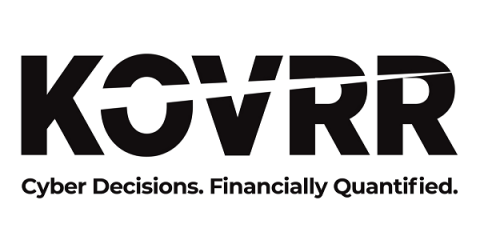New Partnership Between metafinanz and Kovrr
We are pleased to announce the strategic partnership between Kovrr and metafinanz. This collaboration brings together Kovrr’s on-demand cyber risk quantification (CRQ) solution and the expertise of the Munich-based business and IT consulting company metafinanz in delivering tailored CRQ services. Together, we are expanding our ability to help organizations in the DACH region strengthen cyber resilience and meet growing regulatory demands.



